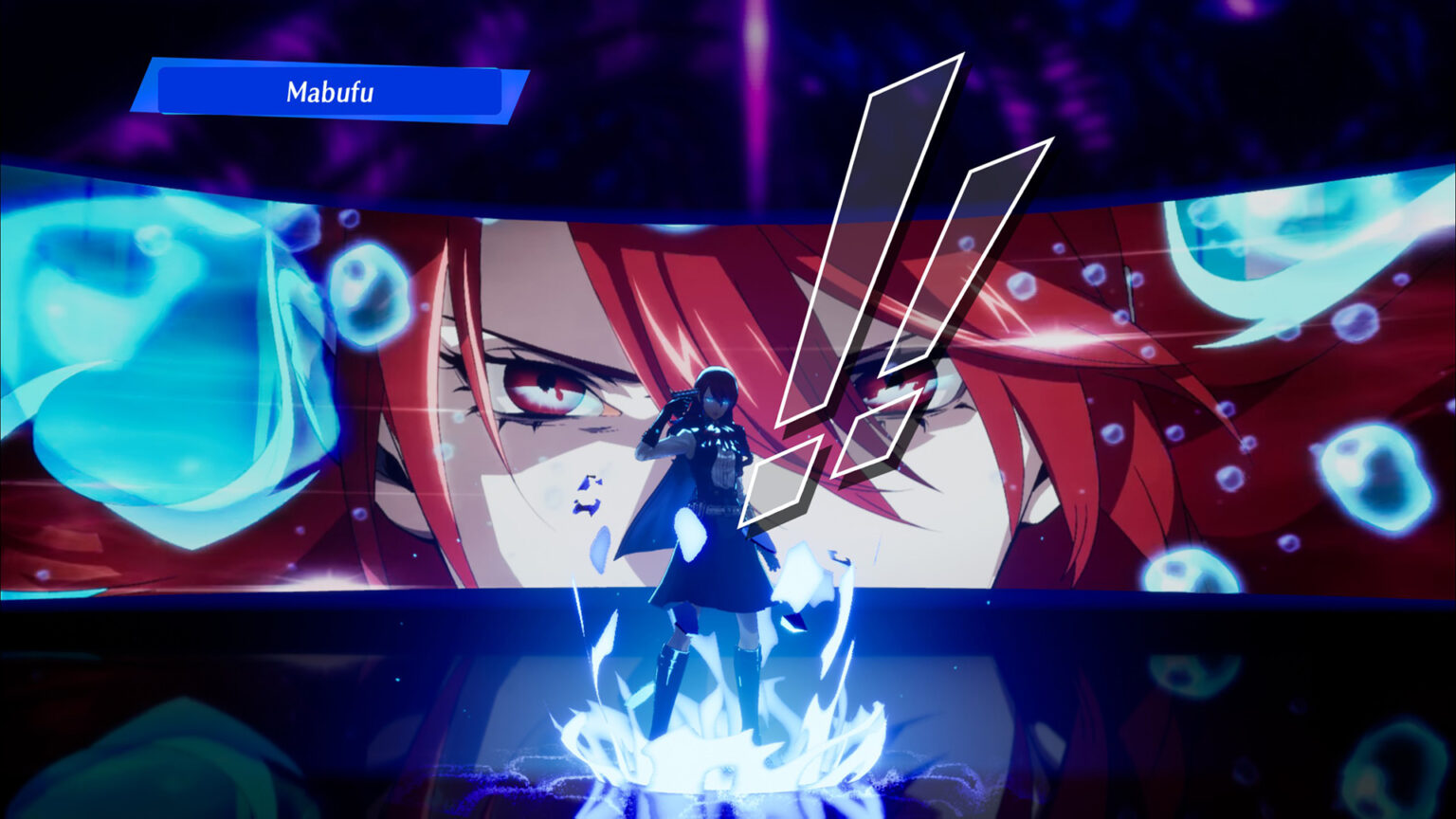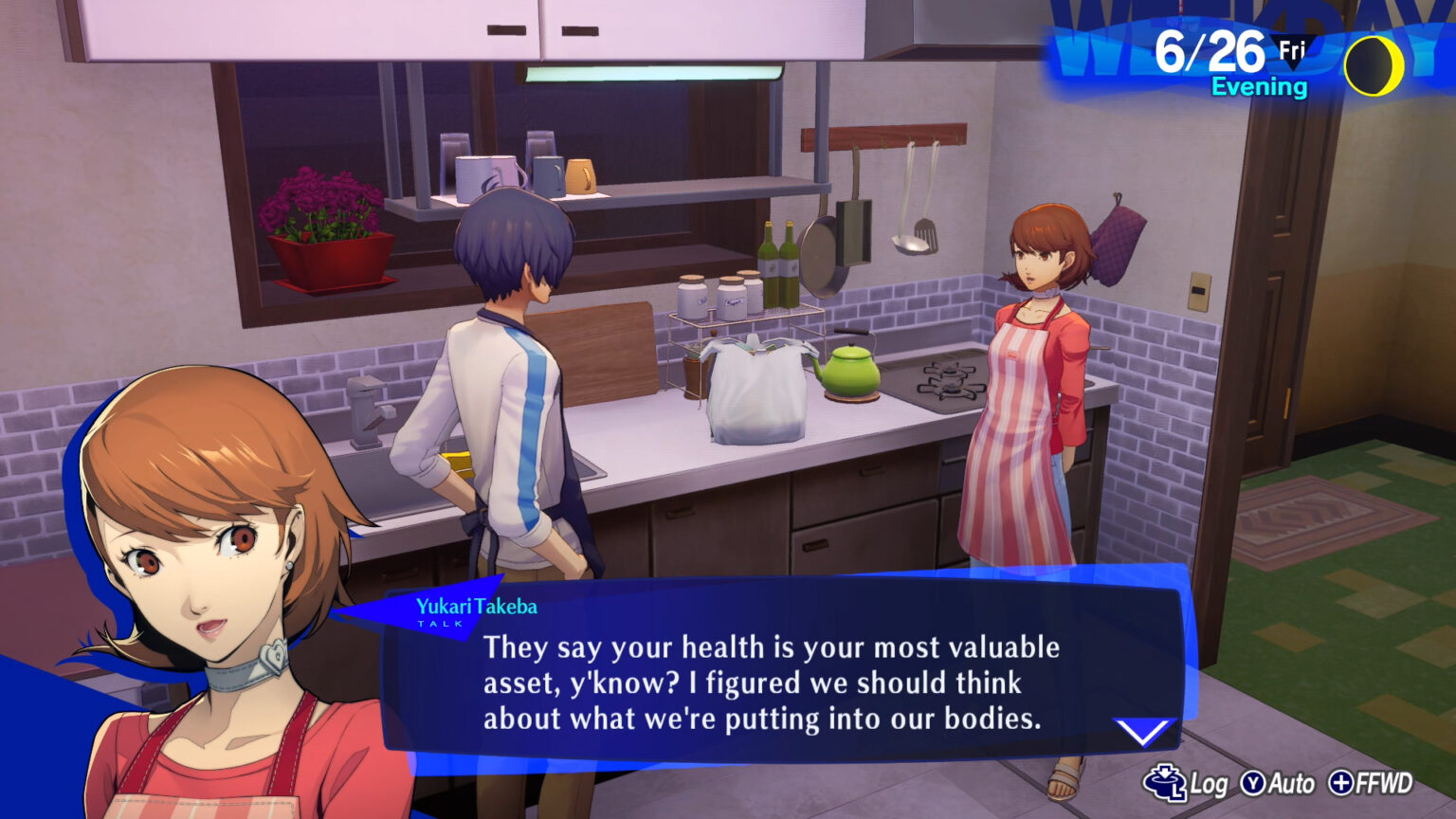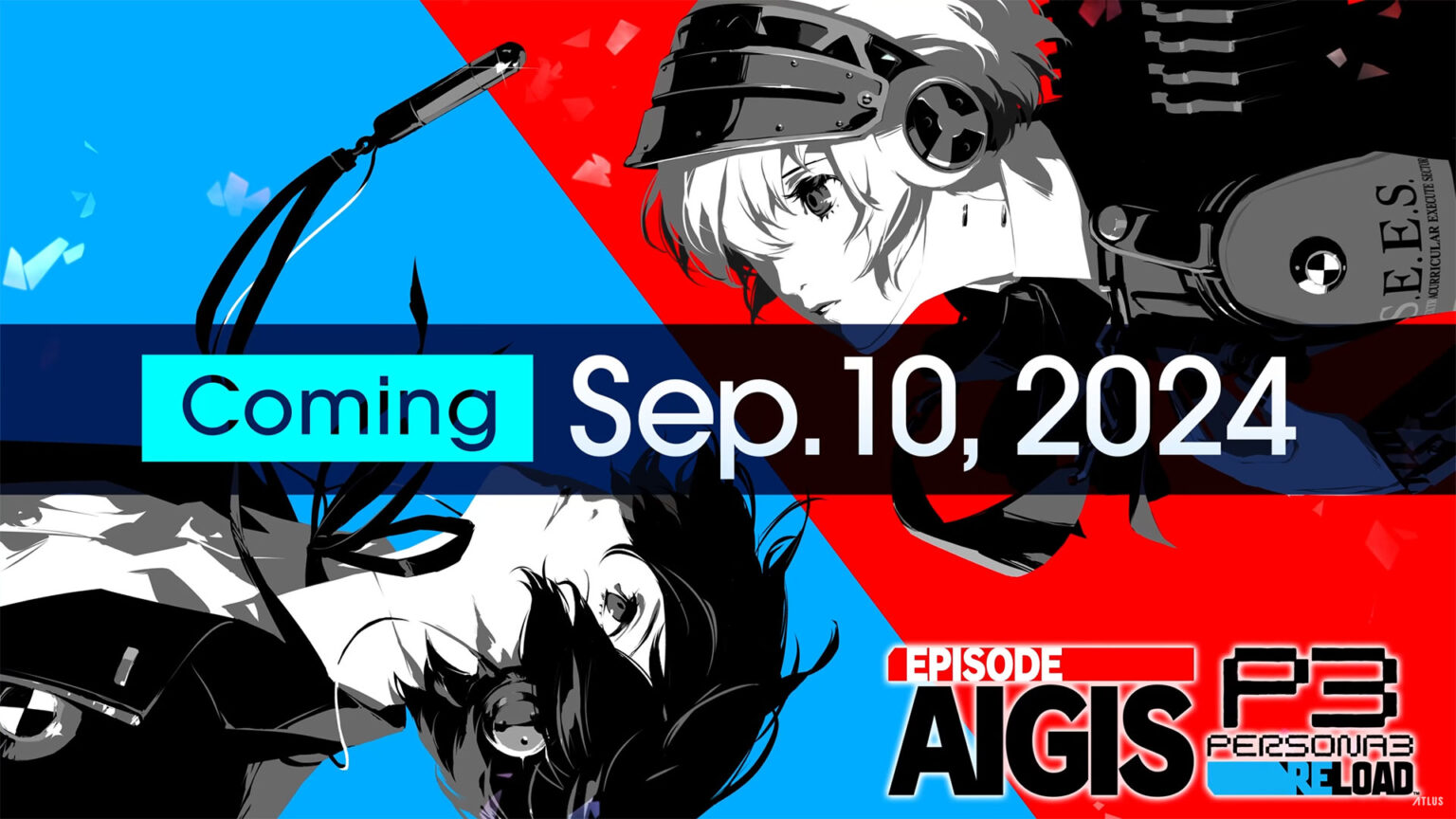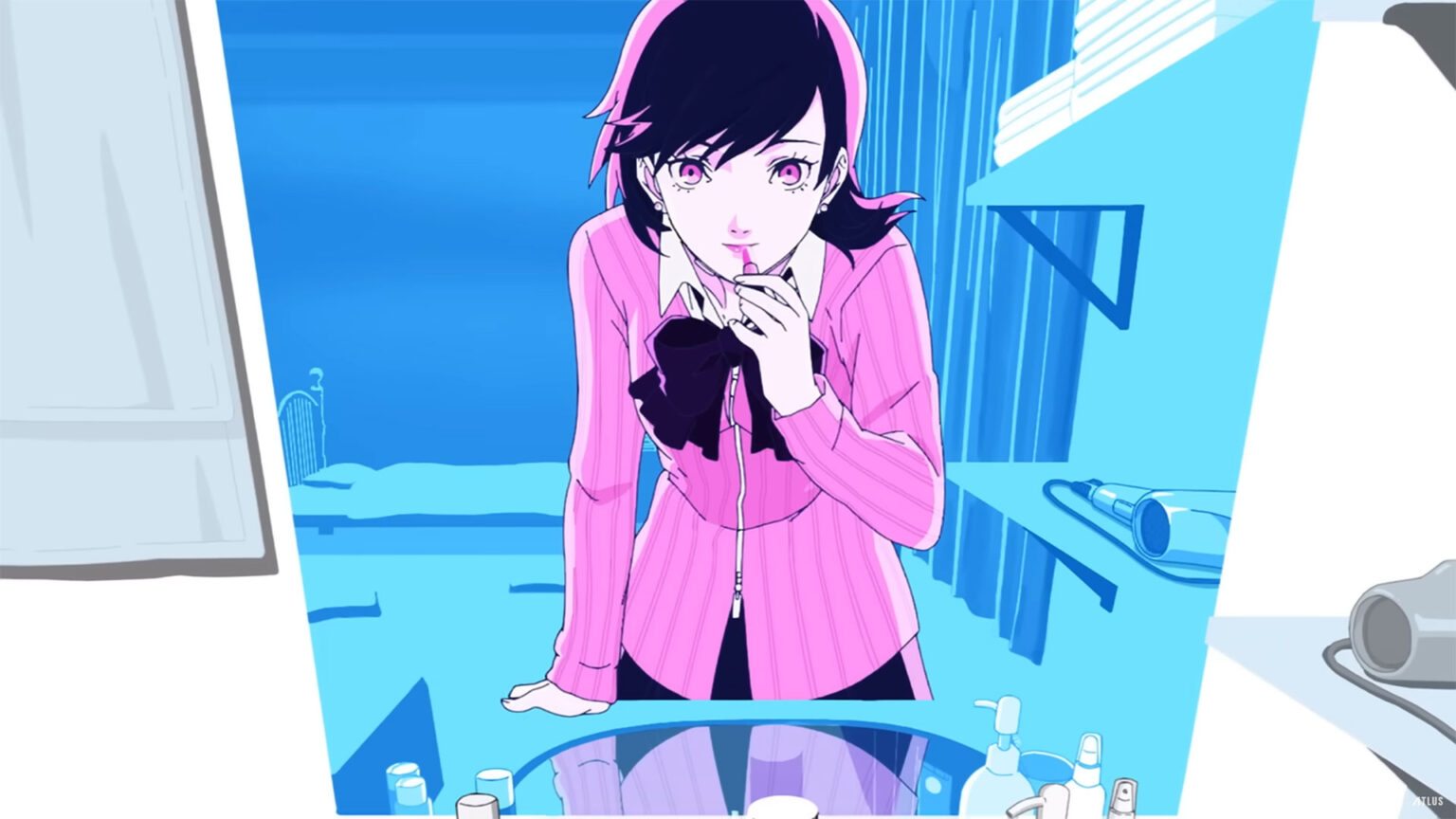Quick Verdict
Persona 3 Reload is an excellent example of how to remake a beloved game, especially one originally released on the PlayStation 2. It remains faithful to the original while updating most of the outdated mechanics, so it feels modern—emphasis on “most.” Persona 3 has always been my favorite among the modern Persona games, despite its shortcomings with its main dungeon, Tartarus. I find its cast to be the strongest of the series and the ending to be the most memorable.
Even with a fresh coat of shiny paint and attempts at improving Tartarus, the towering dungeon and its repetitive environments did not age well. The changes to combat result in a more engaging and strategic system, but it’s not enough to overcome how drab Tartarus ultimately becomes in a game that takes at least 75 to 80 hours to complete. Still, Persona 3 Reload is a game I passionately recommend to all RPG fans, particularly those introduced to the Persona series with Persona 5.
Arcana Awakened
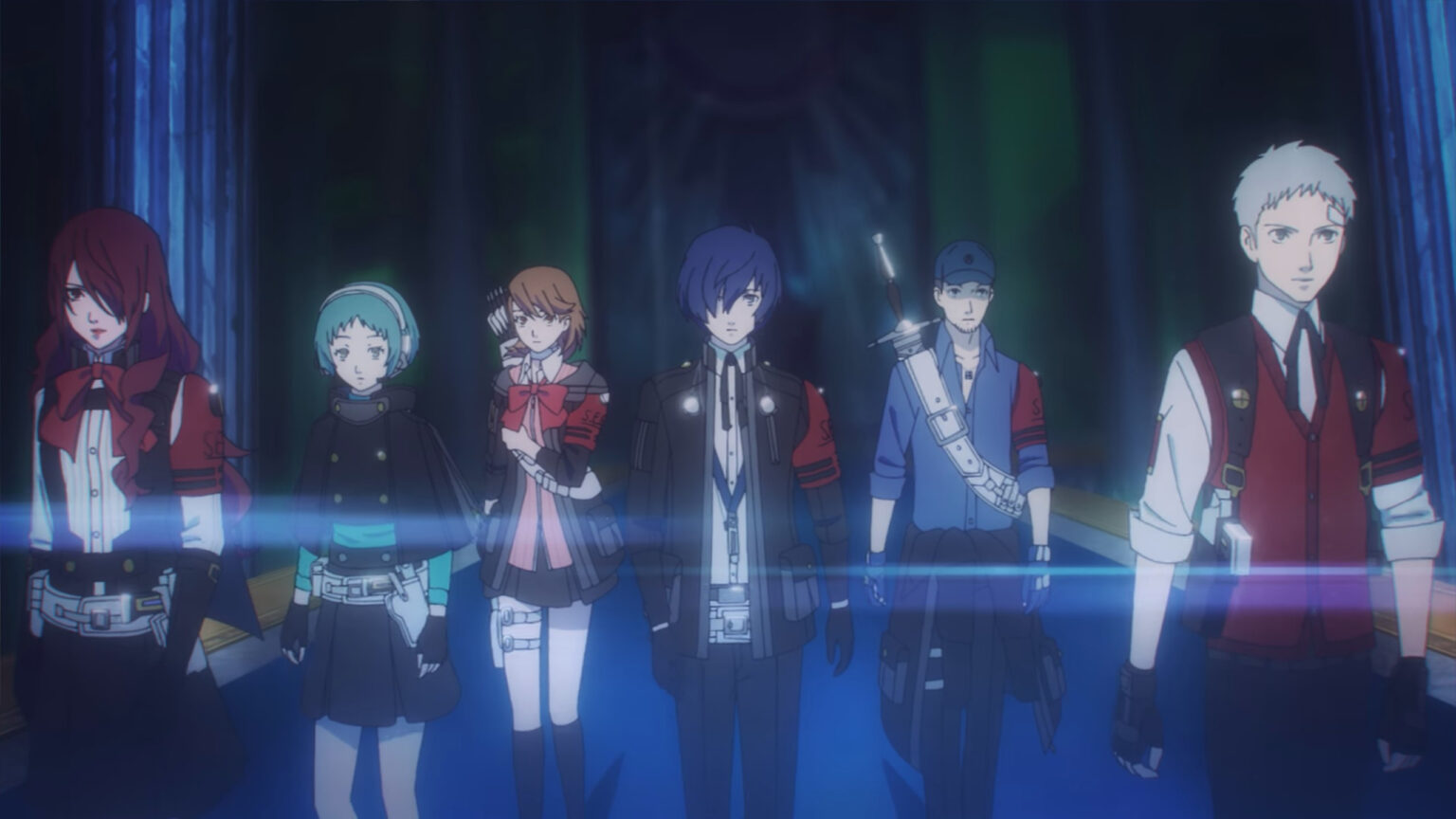
I still clearly remember the day I first read about the original Persona 3 on GameFAQs, which kicked off a search for the game that lasted several hours. I eventually found a single copy at an obscure GameStop far away and spent over 120 hours immersed in my first Persona game. Back in 2006, the idea of grinding through a single multi-floor dungeon wasn’t so bad. After all, I grew up in an era of games like Dark Age of Camelot, an MMORPG that initially didn’t have a quest system to help with leveling. Persona 3’s Tartarus reminded me a bit of the .hack games on PlayStation 2, which tried to simulate a single-player MMORPG, but ultimately, it was just a monotonous dungeon grind.
Now, reading about Tartarus isn’t what inspired me to search for Persona 3. Instead, it was the idea of spending the day as a high school teenager and the nights fighting off evil shadows. Back then, the concept was groundbreaking to me since Persona 3 was the first game in the series to implement the Social Links system. If you’re new to the Persona franchise and aren’t one of the over seven million people who have played Persona 5, Persona 3 Reload is a good place to start. The gameplay loop is fairly simple: you spend the day attending school, then choose an after-school activity such as spending time with a friend, participating in a school club, working a part-time job, or studying.
All of these activities benefit your character, whether by increasing social bonds or stat points. Once it becomes nighttime, you can choose another activity such as working a part-time job, spending time with a companion, eating a meal, or fighting in Tartarus. This can admittedly get repetitive and, in certain segments of the game, even be considered boring. If you’re invested in the characters and their stories, however, you’ll understand why so many people easily sink over 100 hours into a Persona game.
Bonds Beyond Time
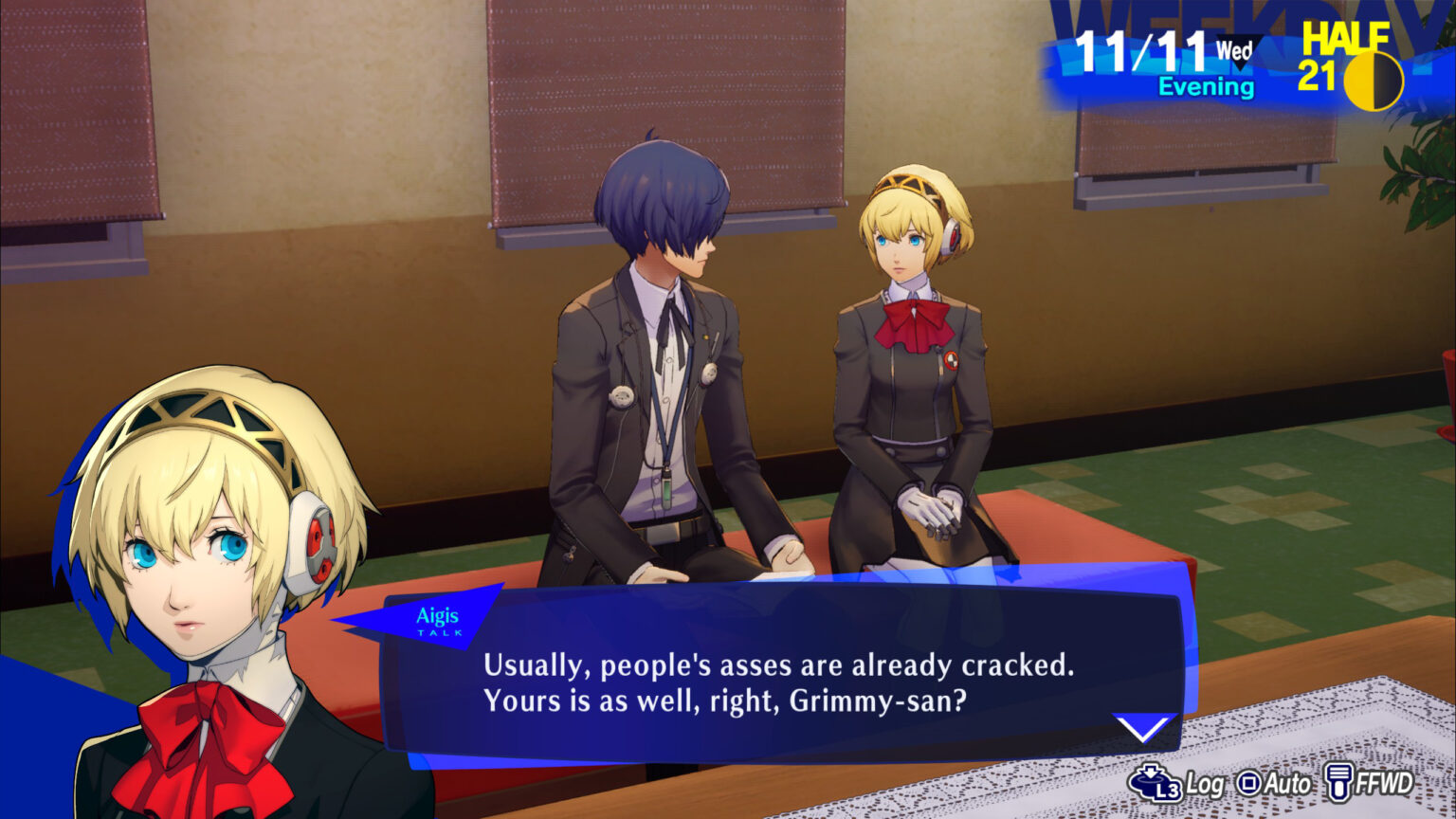
At its core, Persona 3 Reload falls into the “power of friendship” trope, and developing relationships is what really pushes the narrative along. It feels incremental but genuine, as you are drip-fed little bits and pieces of character development day by day. Unfortunately, some social links are more interesting than others, but you’ll quickly decide who you want to spend time with. Persona 3 Reload also allows the main character to spend time with the other male team members through Linked Episodes. While these aren’t social links, they play out very similarly, and there’s a noticeable difference in writing quality, as these are new for the remake. There are also other ways to spend time with your companions that won’t affect their social link, such as making tea or watching a movie. These have a different benefit by unlocking valuable passive skills or items for combat.
Basically, anything you do in Persona 3 Reload won’t feel like a waste of time, although not everything feels equally meaningful. There are periods in the game where you’ll feel robotic as you go through the day-by-day motions waiting for the next bit of story to unfold. The enjoyment you get from Persona 3 Reload largely depends on how well you connect with the game’s cast of characters. In other words, Persona 3 Reload isn’t a game I would recommend based on its combat alone. The social or visual novel portion of the game truly takes center stage.
Persona games, for the most part, attempt to tackle mature themes throughout their stories. Persona 5 covers several dark topics, including suicide, stalking, physical and sexual abuse, among others. Persona 3 Reload isn’t as diverse in its subjects, but it’s much more refined on the topic it does focus on: death. The game’s story revolves around discovering the meaning of life—what it means to be alive and what is most important in life. Having lived through many more experiences over the last 18 years, including the deaths of family members and coworkers, I found Persona 3 Reload’s story to be even more impactful than when I was a bright-eyed 23-year-old. This is the main reason I prefer Persona 3 Reload over other Persona games. In Persona 5, for example, each character has their own tragic story and issues to contend with. With Persona 3 Reload, the story unfolds as each character discovers their own answer to the infamous “what is the meaning of life” question. Yes, including a dog and a robot.
Confronting Shadows
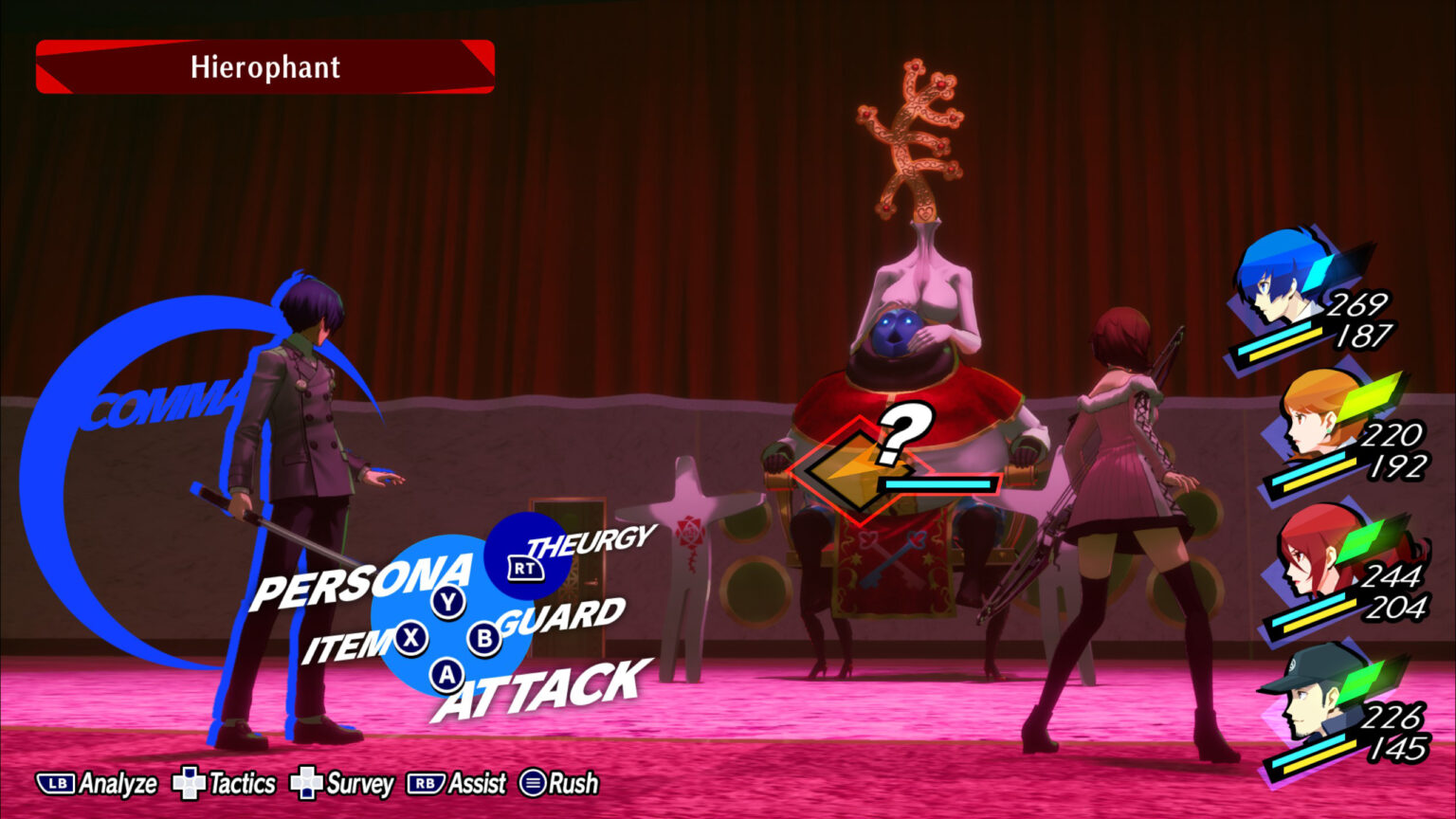
Although it’s been nearly two decades since I played the original Persona 3 and Persona 3 FES (I did skip Persona 3 Portable), I still remembered one important thing going into Persona 3 Reload: get through Tartarus as quickly as possible. Tartarus is essentially a giant dungeon in the form of a multi-floor tower, but there are roadblocks you’ll encounter along the way. These roadblocks aren’t lifted until a major story event occurs in the game, which is predetermined to happen on a set date. For me, this meant trying to progress as far as the game would let me in a single night, so I wouldn’t have to visit Tartarus again until the event occurred and the roadblock was lifted. The exception is when certain optional events occur within Tartarus that you can choose to complete. This does mean spending hours in Tartarus in a single session, which might not be everyone’s cup of tea. Some people may prefer to break it up over multiple trips, but that also means spending more nights in Tartarus and less time socializing.
This is easier said than done, however, especially in the later sections of Tartarus. Persona 3 Reload is a traditional turn-based RPG with a combat system focused on identifying and exploiting enemy weaknesses, if they have any. If you hit an enemy’s weakness or land a critical hit, they’ll get knocked down and you’ll get an additional turn. The main goal is to hit every enemy’s weakness so that they’re all knocked down and you can initiate a powerful all-out attack. In the original game, it was difficult to pull this off because most of the characters in your party only have commands aligned with one or two elements. The main protagonist is the only one who can equip multiple Personas, allowing them to exploit various types of weaknesses.
Thankfully, this issue is addressed in Persona 3 Reload with the Shift mechanic, borrowed from Persona 5’s Baton Pass. Shifting allows you to switch to a different character for a follow-up attack to exploit another enemy’s weakness. It’s like a game of whack-a-mole as you try to find the weaknesses of each enemy type. The good news is that you won’t have to memorize these weaknesses. Pushing a button brings up an infographic on the enemy, displaying their strengths and weaknesses if you’ve figured them out. Otherwise, you’ll see a ? under each element type.
This means that when you’re initially climbing floors in Tartarus, you’re spending a lot of Spirit Points (SP) to discover enemies’ weaknesses. While there are items that can restore SP, they are relatively limited in the game. As a result, your run in Tartarus basically ends when all your characters are out of SP. Previous experience and knowledge from other Persona games help here, as there’s a good chance you may already know an enemy’s weakness. Each time Tartarus opened up a new section, I made it a goal to ascend to the next roadblock in a single night, turning it into a bit of a mini-game. Some sections were challenging, but it felt great knowing I wouldn’t have to revisit Tartarus until the next major event—or if random people or cats needed rescuing.
Combat in Persona 3 Reload further evolves with the addition of a new system called Theurgy. These special attacks are charged up and executed once the gauge is full. Each gauge is filled by performing actions related to a party member’s personality, further tying into the focus of spending time with your companions and learning more about them. Theurgy attacks are very powerful, especially since they ignore defenses, meaning it doesn’t matter if an enemy is strong against a certain element. Each Theurgy attack comes with its own flashy animation that really lets the character’s personality shine through.
Dark Hour Dreams
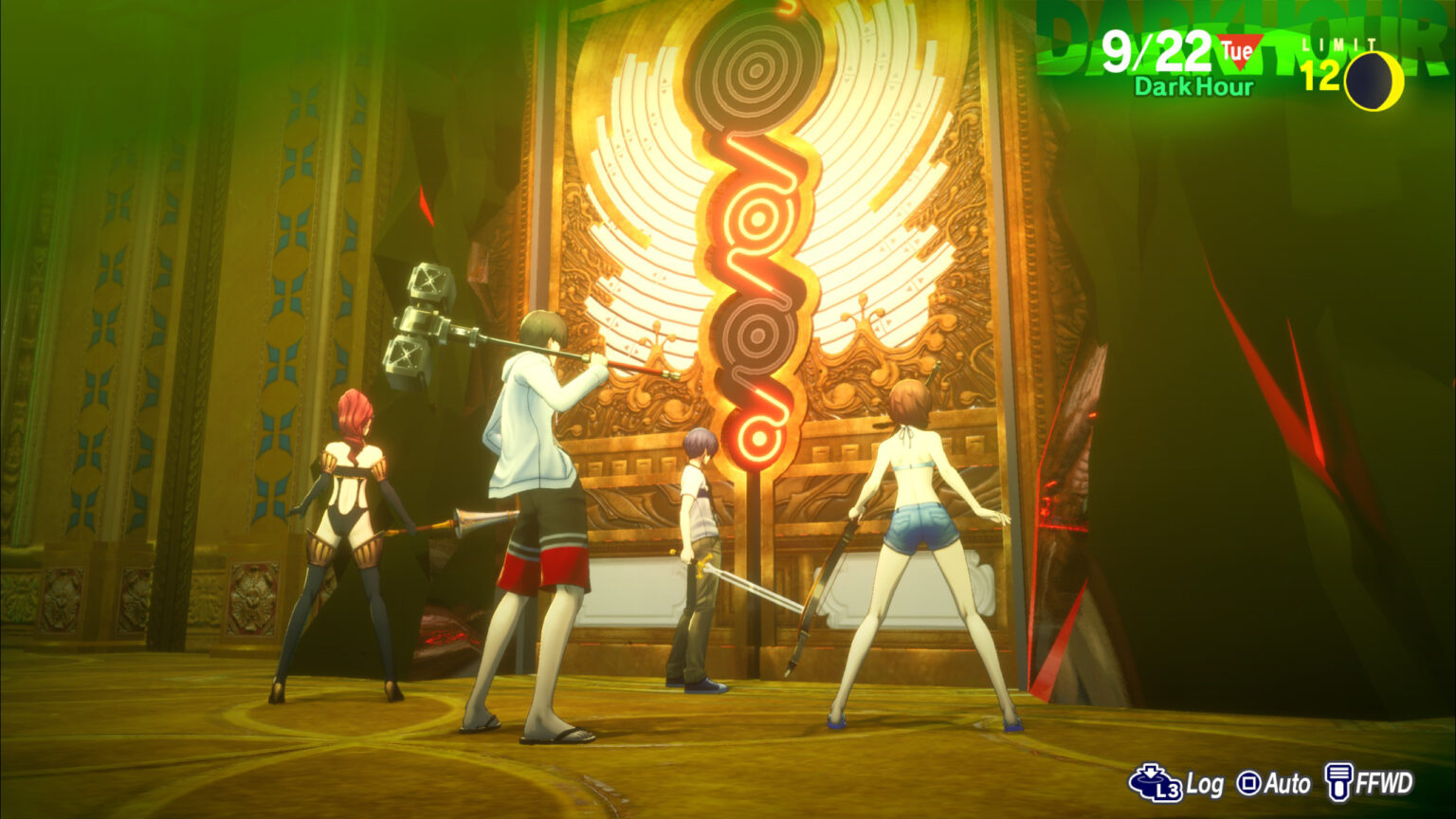
Another major feature of Persona 3 Reload worth discussing is the actual Personas you can collect, craft, or fuse. The main character is the only one in the party who can freely switch between different Personas, so your goal is to have a diverse assortment to easily target an enemy’s weakness. Fusing Personas allows you to select certain skills that can be inherited, potentially creating the ultimate Persona. Just as it’s important to have a variety of Personas that can target different weaknesses, you’ll want Personas that are strong against certain elements. Like most RPGs, your character can block a certain element or even absorb the damage. So, if you’re facing a boss that focuses on a specific element, it’s wise to switch to a Persona that will leave the main character protected. This is especially important because if the main character falls in battle, the game is over.
In Persona 3 Reload, there are three types of physical skills and six types of magic skills. The physical skills (uses HP) are slash, strike, and pierce, while the magic skills (uses SP) are fire, ice, electricity, wind, light, and dark. Your party members generally cover one physical skill and one magic skill, although some have multiple. Healing, buffing, and debuffing skills are also important, especially if you want to preserve SP to maximize the number of floors you can cover in each trip to Tartarus. The Persona fusion system can be overwhelming, especially if you have no interest in it. The good news is that you can make it through the game ignoring it if you want. Just make sure you get a good assortment of Personas from battles.
Speaking of collecting Personas from battle, at the end of each fight, you’ll have the chance to choose from a selection of cards during Shuffle Time. These cards offer bonuses such as additional experience, gold, or acquiring a Persona, and more. As you progress through Tartarus, you’ll unlock a greater variety of cards and the ability to select multiple cards after battles. The game rewards those who manage to stay in Tartarus for a long time, and realistically, sometimes climbing to the next stopping point can take hours. These bonuses help eliminate the need to constantly revisit Tartarus to grind, although the game will try its best to convince you to go back.
Echoes of the Evokers
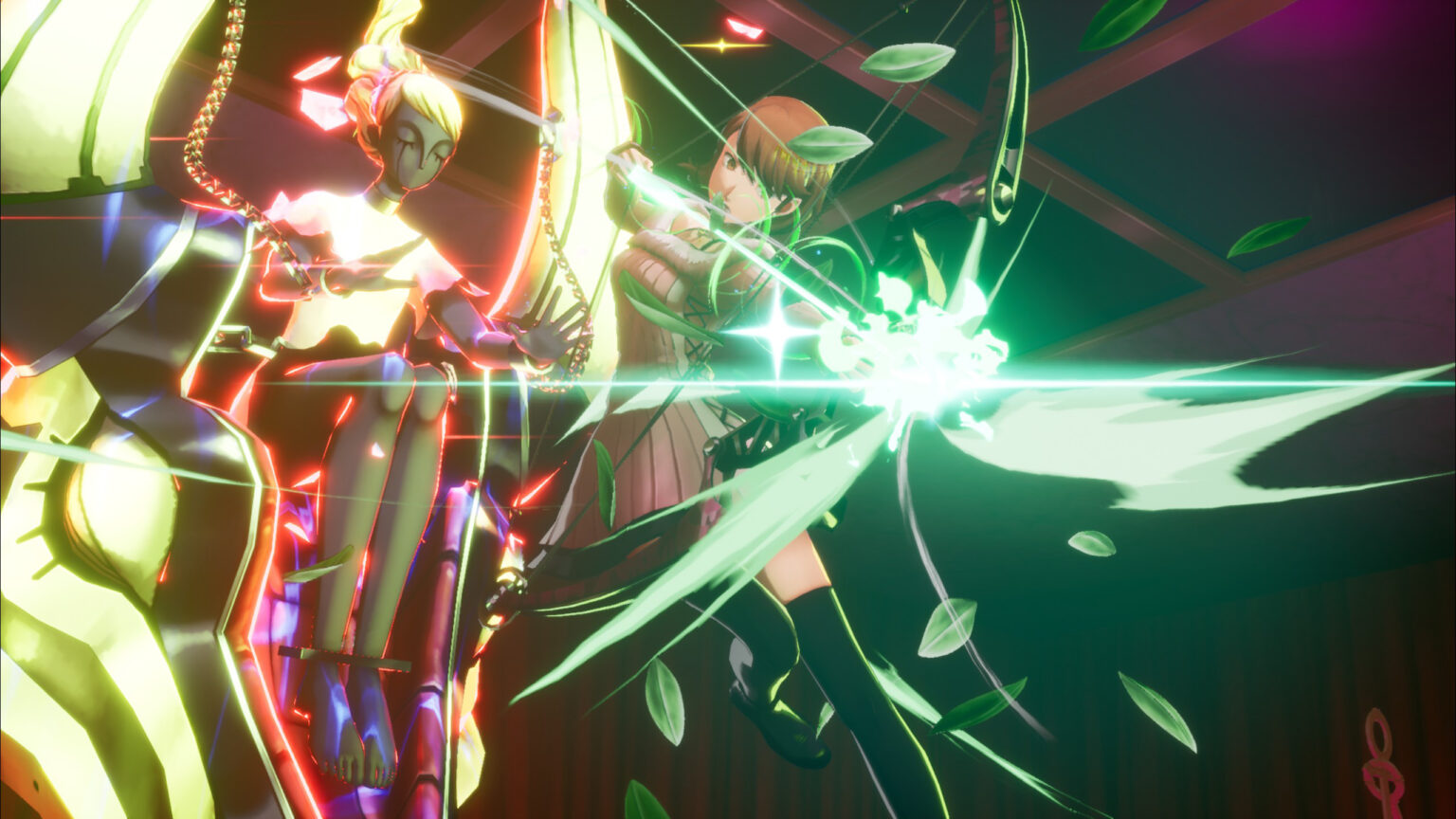
The timing of Persona 3 Reload’s release was interesting, as it came a few weeks before Final Fantasy VII Rebirth. This is also the main reason I am publishing my Persona 3 Reload review so many months later, as receiving a Final Fantasy VII Rebirth review key completely disrupted my original review schedule. What makes it interesting is that Persona 3 Reload is the remake some vocal Final Fantasy VII fans wanted with Final Fantasy VII Remake. They wanted a graphically upgraded version of the original game, retaining the turn-based combat system, overall story, and character development, but with numerous quality-of-life updates and a fresh coat of paint. I absolutely loved what Square Enix did with Final Fantasy VII Rebirth, but I can also say that I absolutely loved what Atlus did with Persona 3 Reload. Of course, the Persona franchise hasn’t evolved like Final Fantasy has over the years, which limits what Persona 3 Reload could have done anyway.
Still, this is a very well-made remake of a game that had some very outdated mechanics. The splash of style inherited from Persona 5 breathes life into Persona 3 Reload, from the main menu to the victory poses after combat. The game adds several new activities to help progress social stats and relationships, while the rooftop garden provides an extra way to get items. Persona 3 Reload also benefits from an online network feature that debuted in Persona 4, allowing players to see the statistics of what other players chose to do for that day or night. Some fans of the original may be happy to hear that the controversial fatigue system is gone in the remake. I almost forgot it even existed, since in this playthrough I went out of my way to visit Tartarus as few times as possible.
Finally, for those who played the original, Monad Depths have been repurposed in Persona 3 Reload. While exploring Tartarus, you can now randomly encounter a Monad Door, which will contain valuable treasure chests and powerful Shadows to fight. These are essentially extensions of the monotony of Tartarus, so they aren’t terribly exciting.
Fated Encounters
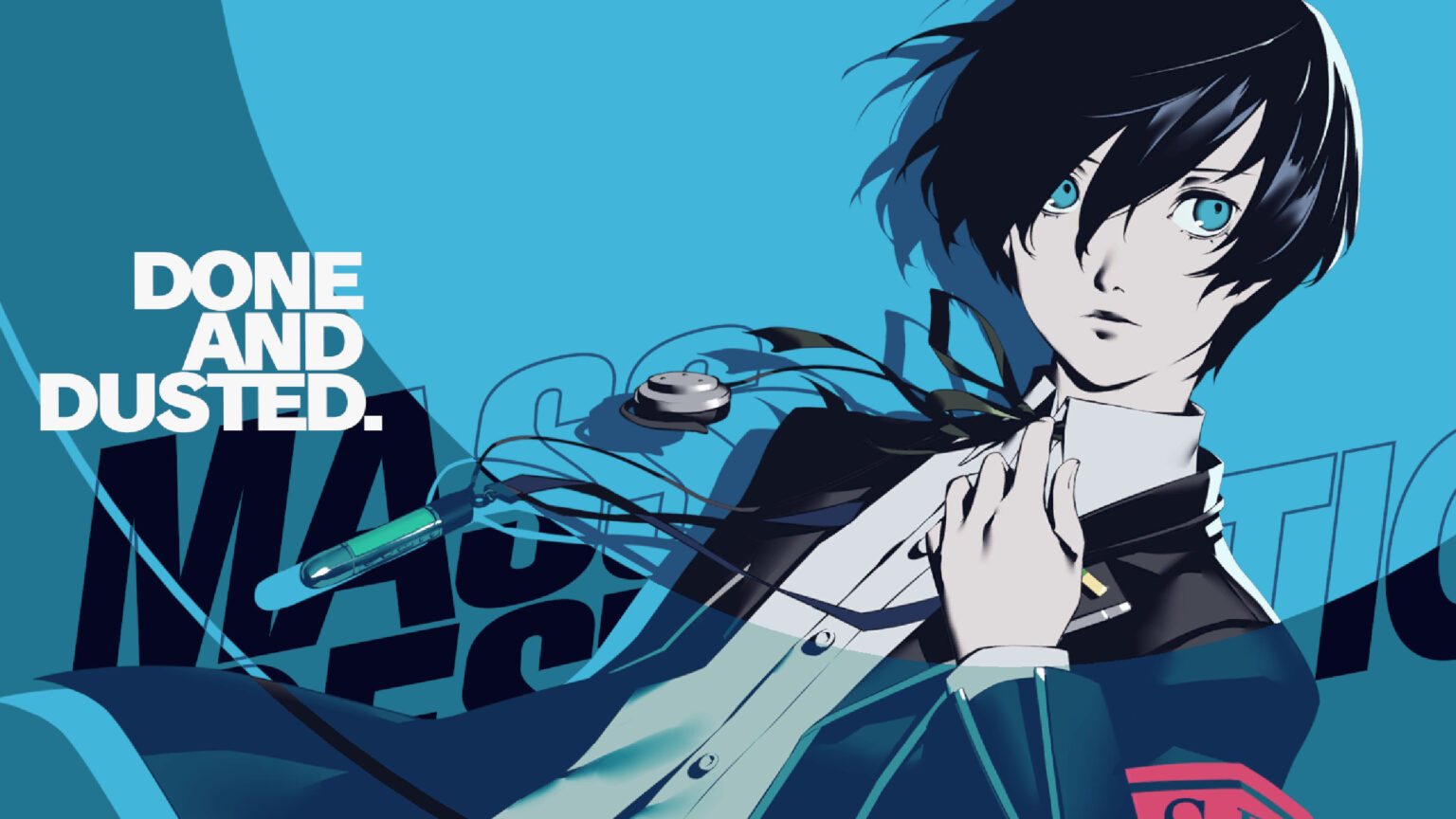
I imagine most people reading this review have played another Persona game, likely Persona 5 or Persona 5 Royal. If you haven’t, I would highly recommend Persona 3 Reload as your starting point, since it has the worst of the franchise’s dungeon systems. It’s also obvious that this was the first Persona game with the social link system, as some of the character stories are boring. However, you may find these to be minor quibbles if you connect with the main cast. For those who played and enjoyed Persona 5 or Persona 5 Royal, there’s still a lot to love about Persona 3 Reload. Just be aware that Tartarus is like one giant Mementos section. If you think you can handle 20 to 25 hours of that in exchange for a deeper story about life and death, you’ll want to pull the trigger on Persona 3 Reload.
I’m extremely grateful that Persona 5’s popularity allowed for Persona 3 Reload to be made. I assume a Persona 4 remake is next on the list as the franchise continues to grow in popularity. Without a doubt, the expectations for Persona 6 are now at an all-time high, but Persona 3 Reload proves the team understands what fans want (mostly). There are definitely moments where Persona 3 Reload feels like an 18-year-old game, but those moments are few and far between.
Now, I know there’s controversy with how certain parts have been left out of the remake—like the female main character—or are being added as paid DLC. I think it’s fair to criticize those business decisions, but ultimately Persona 3 Reload is a complete game that I believe is worth its $69.99 price tag. The Tartarus grind isn’t for everyone, and I agree that it might be a significant enough flaw that makes the game unenjoyable. But, if none of this convinces you to give the game a shot, then maybe this will: Persona 3 Reload has the best Persona-using dog you’ve ever met, and you get the chance to spend your evenings brushing him or taking him out for walks. Koromaru is way better than Morgana; there, I said it.
Persona 3 Reload was released on February 2, 2024 on PlayStation 4, PlayStation 5, Xbox One, Xbox Series X|S, and PC. This review is based on a purchased retail copy of the game on PC. While FullCleared does have affiliate partnerships, they do not influence our editorial content. We may, however, earn commissions for products purchased via affiliate links.

